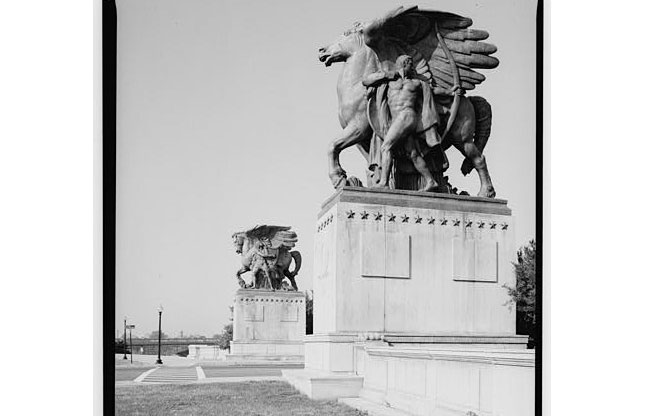
Parkway Entrance Statues (by the Lincoln Memorial)
These statues were commissioned in the 1920’s by the architect Charles McKim who, along with Burnham and Omstead Jr. was in charge of the McMillan Plan of 1902, the new city plan for Washington, D.C. Pegasus flanked by a male with a bundle of wheat and a sickle and women with a harp and a book are telling of America’s desire to be seen as an industrious nation that was simultaneously active in cultural and intellectual pursuits.
Image: Library of Congress American Memory (http://memory.loc.gov/)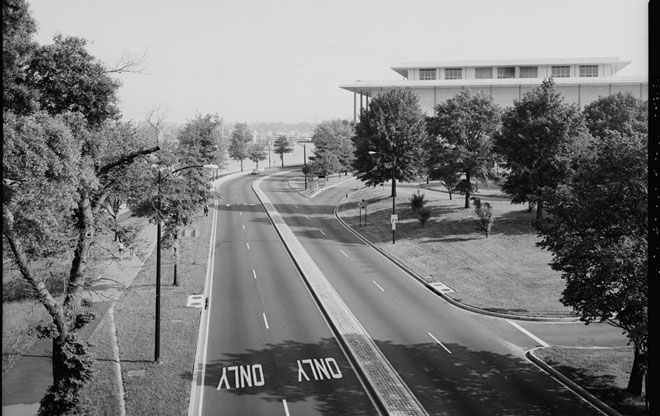
Looking North from Rock Creek Parkway
Upon their arrival in the early 1600’s, European settlers encountered Algonquin villages, including a large settlement at the inlet of Rock Creek, which at the time was a bay stretching from Wisconsin Avenue to the Kennedy Center.(3) The John F. Kennedy Center for the Performing Arts now sits on fill which was originally part of the Rock Creek inlet bay.
Image: Library of Congress American Memory (http://memory.loc.gov/)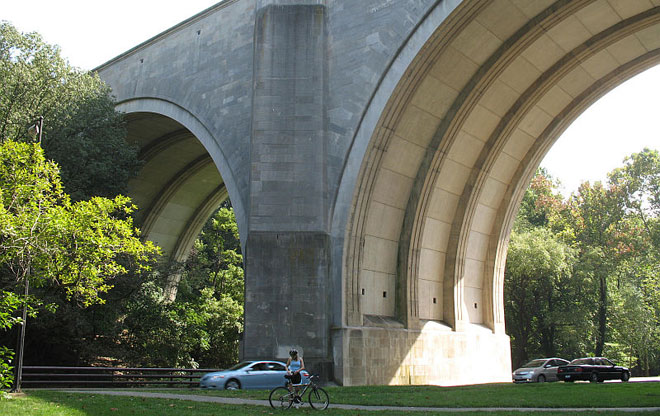
Taft Memorial Bridge (Connecticut Avenue)
Designed by the engineer George Morison, Taft was one of the nation’s largest bridges built of cast concrete without steel reinforcement when it was completed in 1907. Morison set the style for the other bridges along Rock Creek and looked to Roman aqueducts for inspiration, as well as the neoclassical architecture of the Capital, Lincoln Memorial, and the National Gallery of Art.(4)
Image: Jane Padelford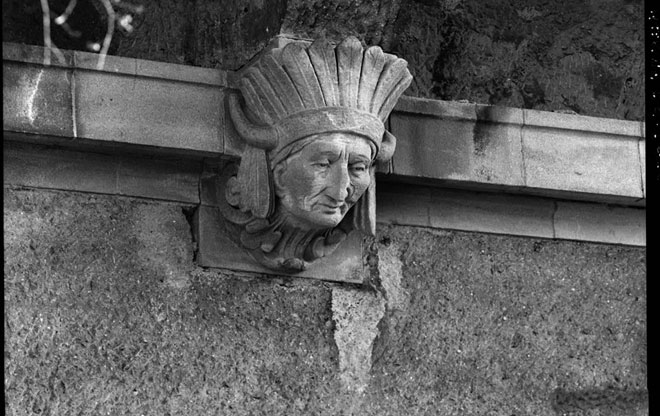
Duke Ellington Bridge (Calvert Street)
Kicking Bear was a chief of the Sioux tribe in South Dakota, who fought a number of battles against the United States over territory in the late 1800’s. Later he travelled to Washington, D.C. to take grievances with the Bureau of Indian Affairs, requesting that Native Americans have greater autonomy on the newly developed reservations. Kicking Bear agreed to have a life mask made of himself, which was displayed at the Smithsonian and on the Duke Ellington Bridge.
Image: Library of Congress American Memory (http://memory.loc.gov/)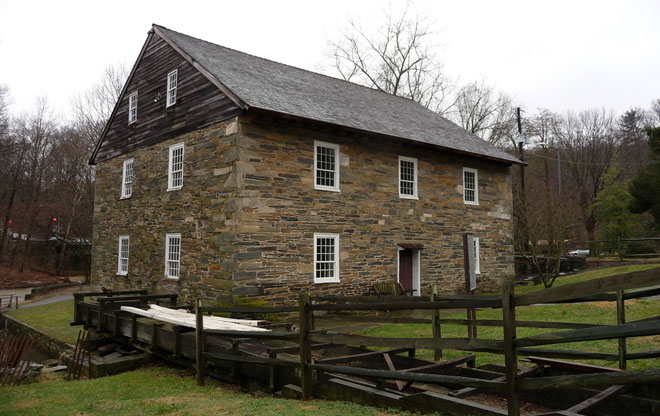
Peirce Mill
Pierce Mill was one of eight working mills -- located along Rock Creek and part of a 2,000-acre estate owned by the Pierce family in the 19th century -- that developed as Washington became a trading post for tobacco and wheat farmers.(5) Son Joshua Pierce was a horticulturalist and nurseryman who specialized in camellias. Cousins Joshua and Samuel Peirce created Longworth Gardens in Pennsylvania.
Image: Jane Padelford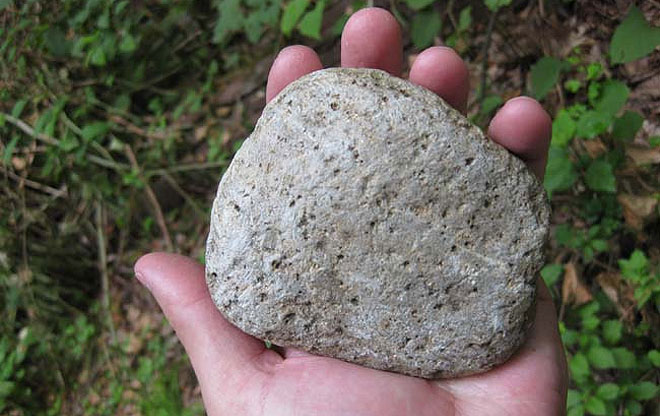
Soapstone Valley
Soapstone is a tributary stream valley of Rock Creek, located just north east of the Van Ness Metro Station on Connecticut Avenue. Soapstone is derived from one of the original bedrock stones of the Mid-Atlantic region called peridotite that dates back 440 million years. Soapstone is toxic to plants so you can differentiate it from other rocks by the lack of moss.(6)
Image: Callan Bentley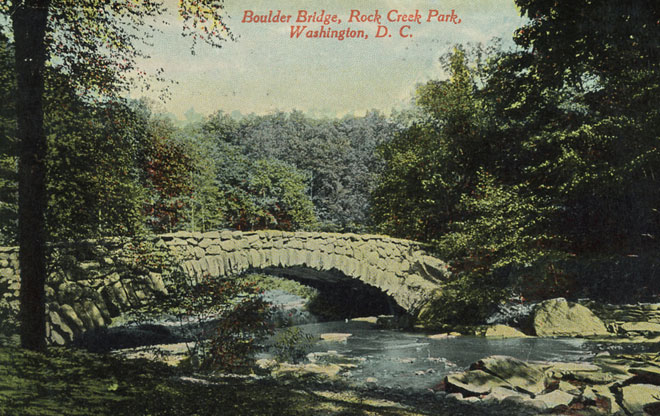
Boulder Bridge
Boulder Bridge is one of the few remaining stone bridges in Rock Creek Park. Built in 1902, it is iconic of the picturesque bridges in other Olmsted parks, though this one was designed by William J. Douglas. In the 1918 Olmsted Brothers’ report on the park, their goal for the parks future was “the permanent preservation of its wonderful natural beauty and the making of that beauty accessible to the people without spoiling the scenery in the process.”
Image: John DeFerrari, Streets of Washington.com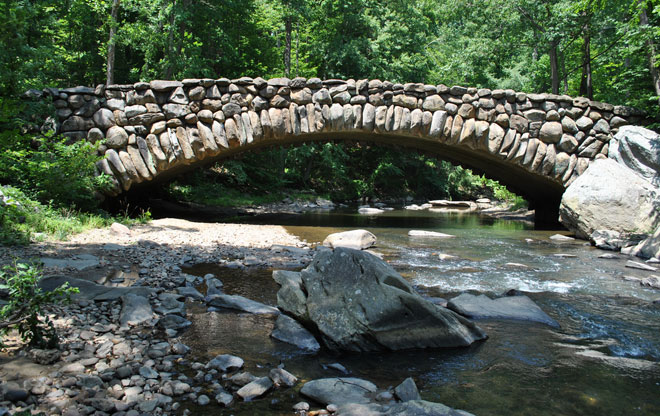
Boulder Bridge Today
Image: John DeFerrari, Streets of Washington.com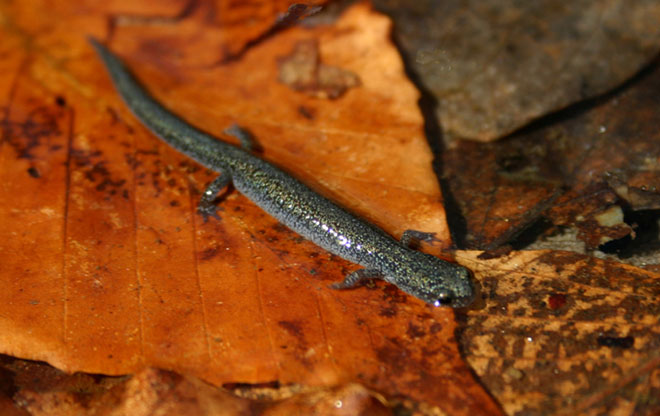
Red-backed Salamander
In 2007, National Geographic hosted a Bioblitz in Rock Creek Park. BioBlitz is a 24-hour event in which teams of volunteer scientists, families, students, teachers, and other community members work together to find and identify as many species of plants, animals, microbes, fungi, and other organisms as possible. There were 17 reptiles and amphibians, such as this salamander, found in 2007.
Image: Brian Gratwicke, DC Nature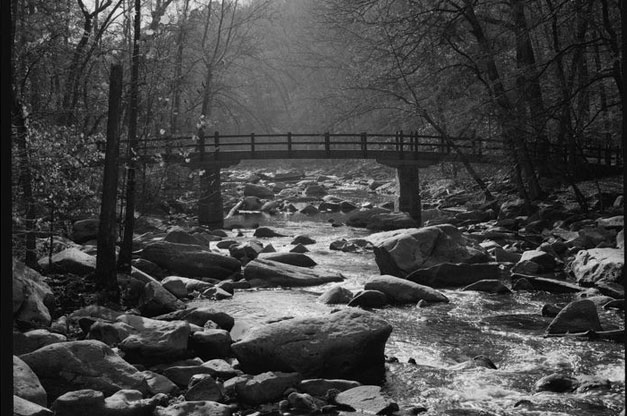
Joyce Road Bridge
At the request of President Lincoln, Rock Creek was surveyed in 1866 and described as an ideal place for a “public resort….with its charming drives and walks, its hills and dales, its pleasant valleys and deep ravines, its primeval forests and cultivated fields, its running waters, its rocks clothed with rich fern and mosses, its repose and tranquility, its light and shade, its ever-varying shrubbery, its beautiful and extensive views…” (7)
Image: Library of Congress American Memory (http://memory.loc.gov/)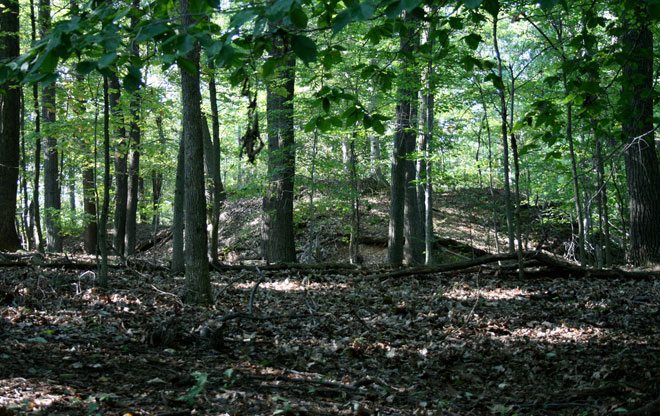
Fort DeRussy
Washington, D.C. was a town of a few thousand when the Civil War began in 1861. Hundreds of trees were felled to build the fort and establish clear sight lines. During the Battle of Fort Stevens, Fort DeRussy held its ground against advancing Confederate troops. A parapet of high earth mounds with openings where guns were mounted is easily identified. The forest has largely regenerated itself.
Image: Eric Fidler